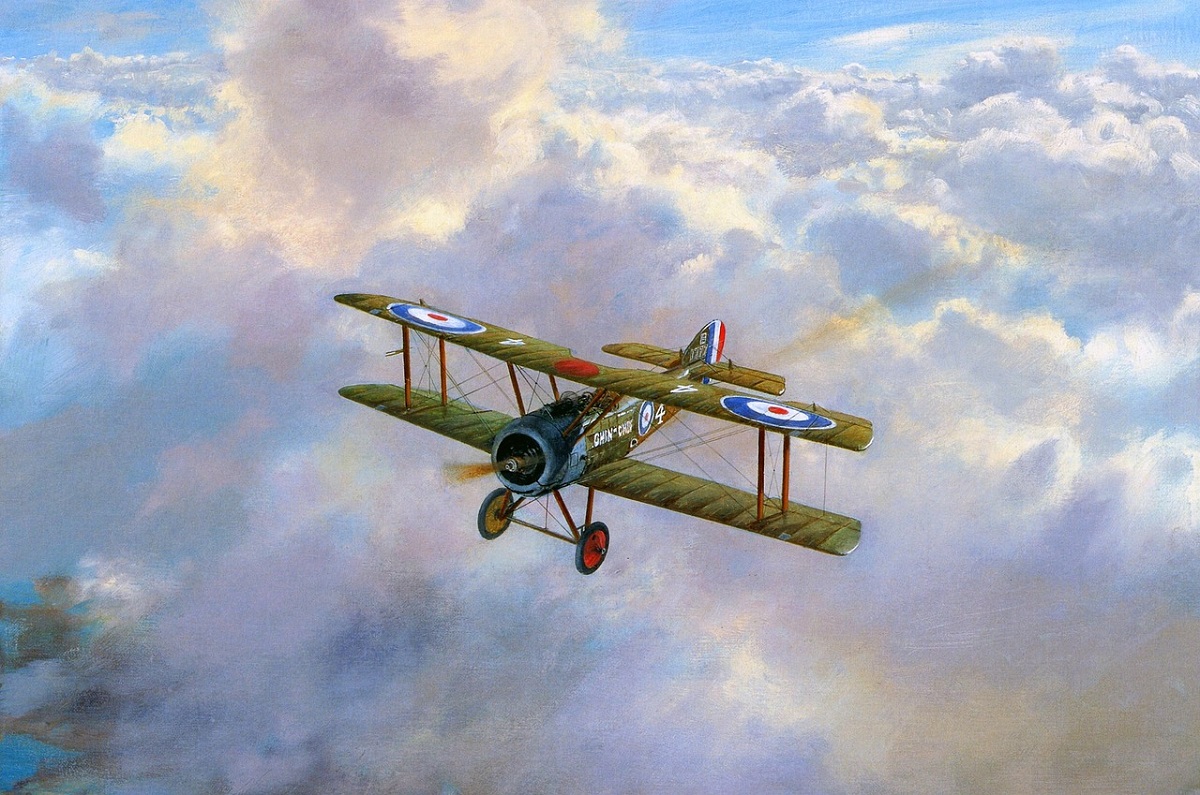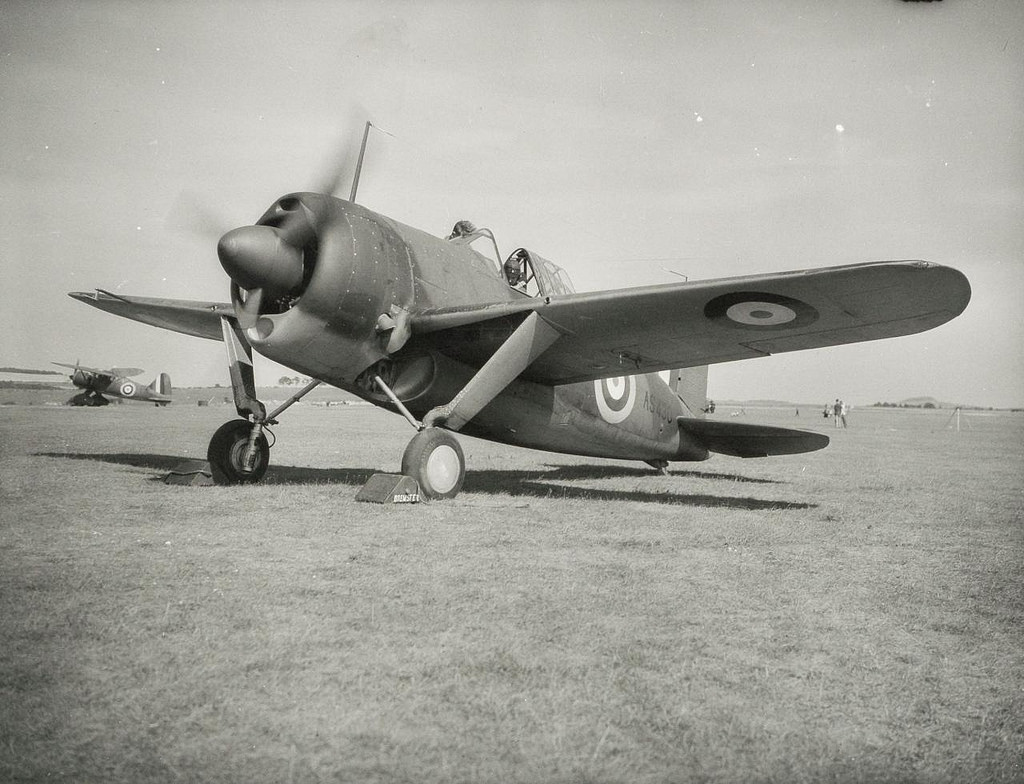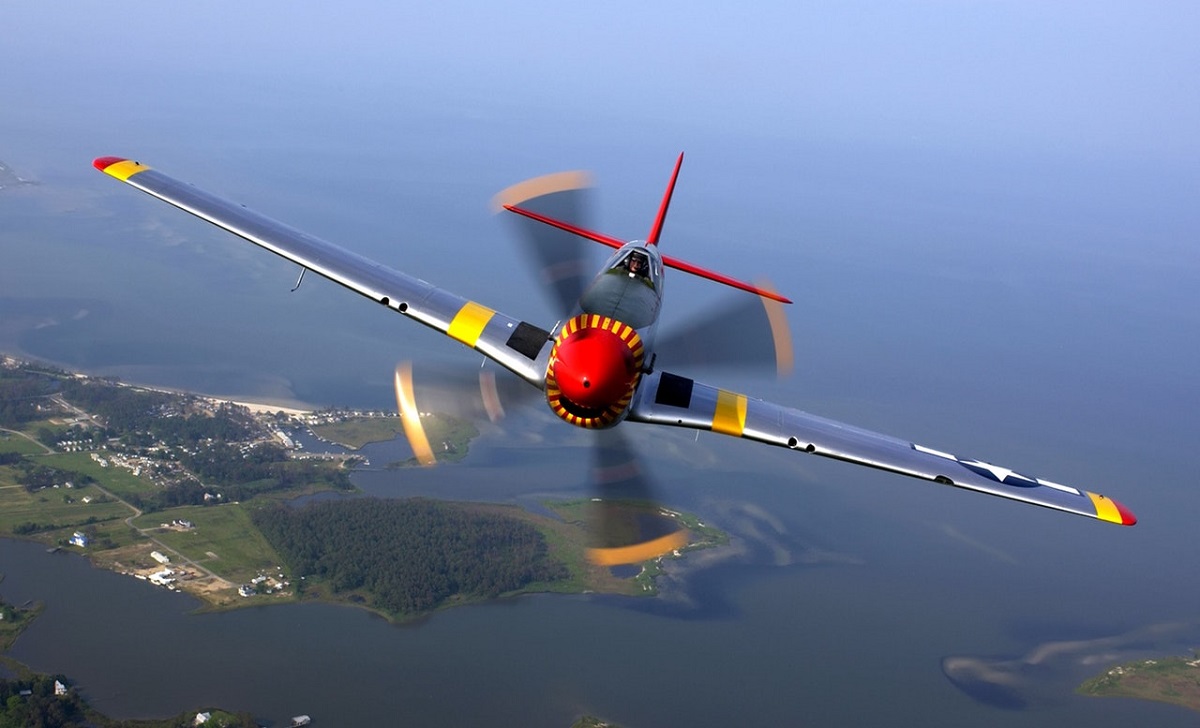What was the history of aluminum in aircraft?
- The First Airplane
- World War I
- The Golden Age of Flight
- World War II
- Modern Era
Unbeknownst to many, aluminum is still being used and regarded as the best material for aircraft production. Usually, aluminum is known as a material that is used for cars, bikes, and other household materials.
Aluminum profile suppliers in the Philippines help create aluminum frames for various uses. Companies such as One Sky in the Philippines, provide aluminum as raw materials. But not many know that aluminum is king in the production of aircraft. Let’s take a brief look at how they were used throughout the course of airplane history.
The First Airplane
In 1903, the first airplane to ever take to the sky was created by the Wright brothers. Their aircraft design was primarily made up of wood. The fuselage, wings, and tail were all crafted from wood.
The only thing that was made from aluminum was its engine block. This was done to shed some weight due to the low power delivery of modern automobile engines of the time. The special aluminum block the Wright brothers created had increased the power to weight ratio of their wooden framed aircraft which was enough for it to take flight.
At the time, aluminum was extremely expensive and it was not widely produced as it is today. The Wright brothers had to make use of spruce wood and bamboo to keep the weight as light as possible and strong enough to carry some load.
World War I

It wasn’t until World War I when aircrafts started to use metal as a vital component, specifically on December 12, 1915. German aircraft designer Hugo Junkers built the first ever full metal aircraft, the J1 monoplane. At the time, everyone disliked the idea of using metal as a main component for aircraft as they thought of them as “too heavy” and impossible to take flight. But the men behind the creation of the J1 had to process 0.1 to 0.1 millimeters of steel sheets in order to achieve the desired weight needed to fly. In 1917, Hugo Junkers changed the landscape of aircraft design with his great innovation of incorporating the use of aluminum in building the fuselage of his new J7 aircraft.
The 1920s
The 1920s was the start of the Golden Age of Flight. It was the era when Americans and Europeans began competing in airplane racing. People were crazy about aircraft during the 20s until the next decade. These lead aircraft designers to stretch the edge of aerodynamics in aircraft performance. The 20s saw the extinction of the production of biplanes and the popularization of monoplanes. The more streamlined design made a transition from all metal frames to the use of aluminum alloys and other lightweight metals.
Aircraft was used for racing, breaking world distance and speed records, business travel, and exploration. The Golden Age of Flight also saw dozens of aircraft innovations. From Henry Ford’s 4-AT Tri-Motor to the Lockheed Sirius, the 20s to the 30s saw the dawn of streamlined aircraft, aircraft with multiple engines, retracting landing gear, stressed-skin aluminum construction, and variable-pitch propellers.
World War II

From 1939 to 1945, the demand for aluminum greatly increased for various military applications, mainly for the production of aircraft. This soaring demand for aluminum brought about around 296,000 U.S. aircraft produced. In 1942, American radio station WOR-NYC broadcasted a radio show called “Aluminum for Defense” to encourage Americans to contribute aluminum scraps to help in the country’s war efforts. They would offer free movie tickets in exchange for aluminum.
This was a time when aircraft technology took a rapid evolution. Most aircraft engines were supercharged and designs were sleeker than ever before. This resulted in planes that reached speeds previously unchartered by pilots. An increase of firepower and various armaments were equipped to many of the fighter, bomber, and reconnaissance planes. The greatest planes of the time that took to the skies were the iconic German BF109, British Spitfire, and the American P-51 Mustang.
The British, American, and German military started experimenting with a totally new powertrain for these aircrafts to gain a significant advantage on the sky. Jet-powered technology was on its way during World War 2. On August 27, 1940, the Germans have developed the first jet-powered aircraft, the Heinkel He 178. The radical new design had planes with no propellers and a more air-cutting slipstreamed design. These new jet-powered aircraft still made use of aluminum alloys as the main component of their fuselage.
Modern Era
Aluminum became a key component in the construction of aircraft. After the war, the availability of aluminum increased. The composition of aluminum alloys has improved, leading to better aircraft developments. Today, 80% of what a modern aircraft is composed of is aluminum.
Due to its light weight, ability to carry heavy loads, malleability, and corrosion resistance, it is still the ideal aircraft material. Many commercial planes make use of an aluminum fuselage, wing, flaps, rudder, and engine turbine.
Key Takeaway
Aluminum has been very important for the development of aircraft and aviation as a whole. Today, we have an abundance of the materials and you can find tons of aluminum profile suppliers in the Philippines and companies such as One Sky Philippines, that provide aluminum for various uses.
Aircraft manufacturers can turn to their suppliers to develop the latest aircraft. There is no longer a scarcity and high-cost to this amazing metal. The rich history of these machines could not have been possible without the use of aluminum.
